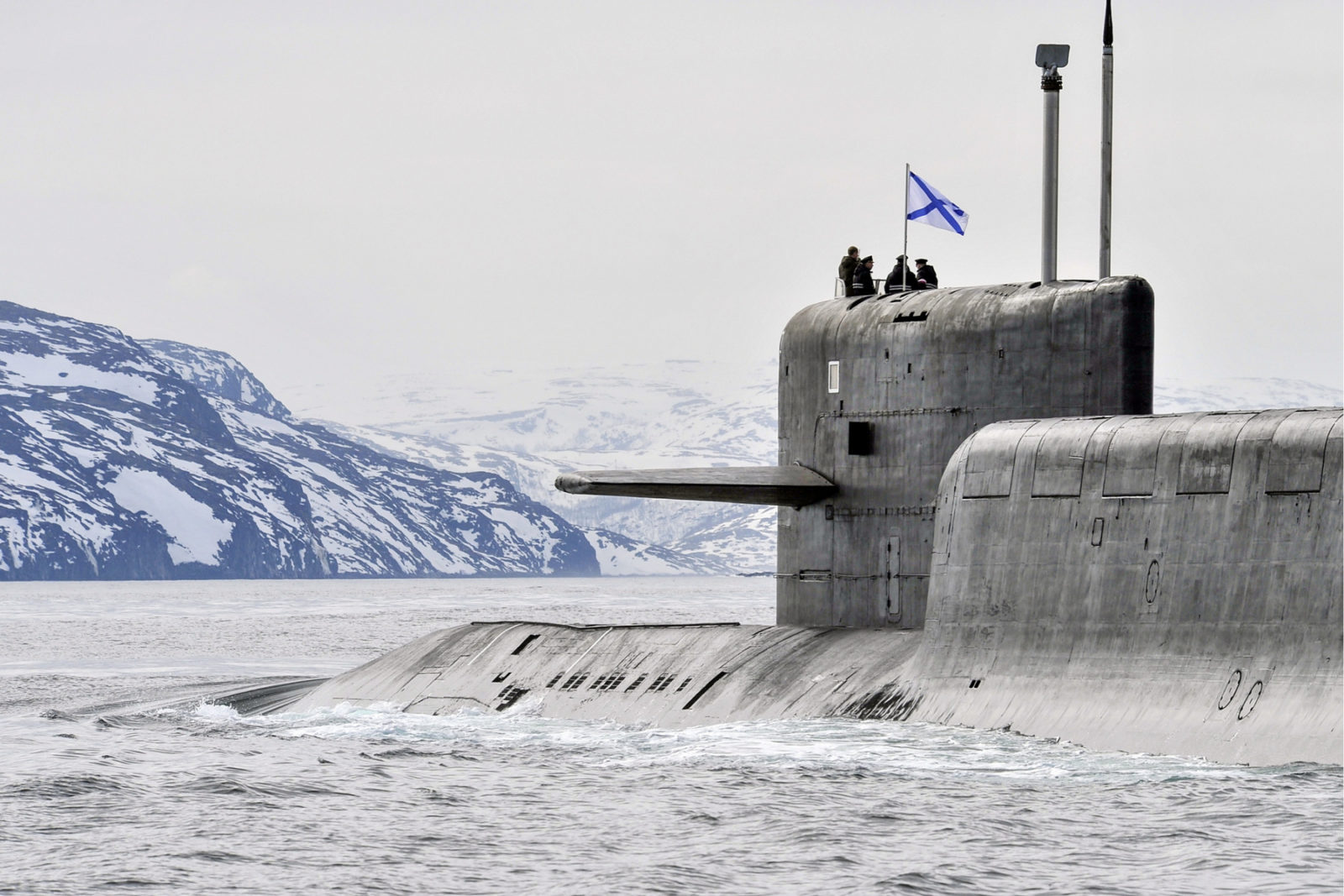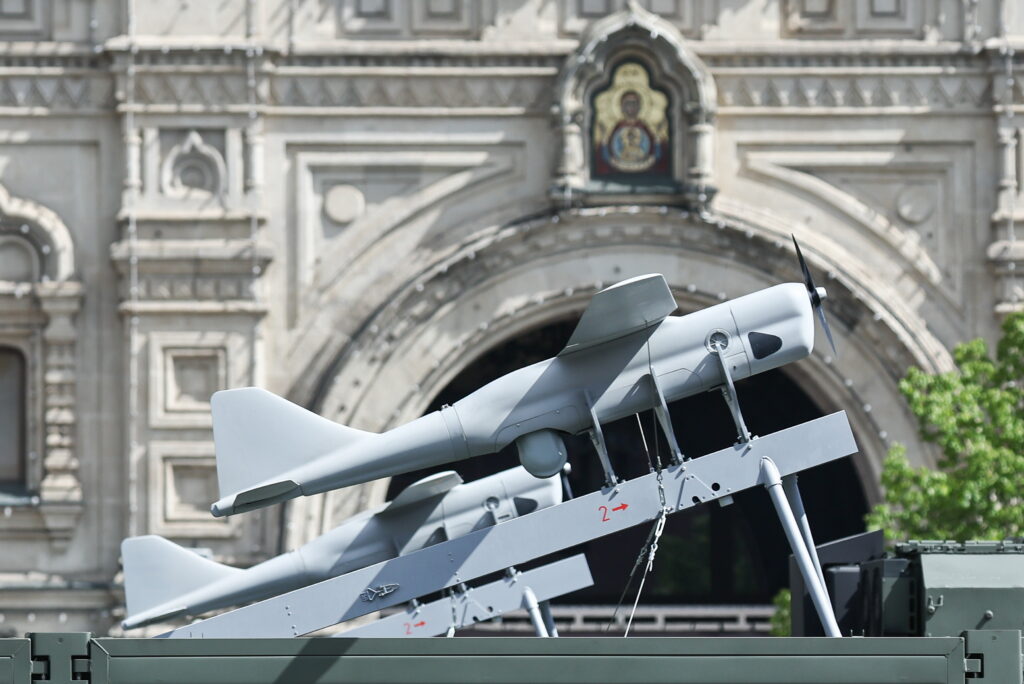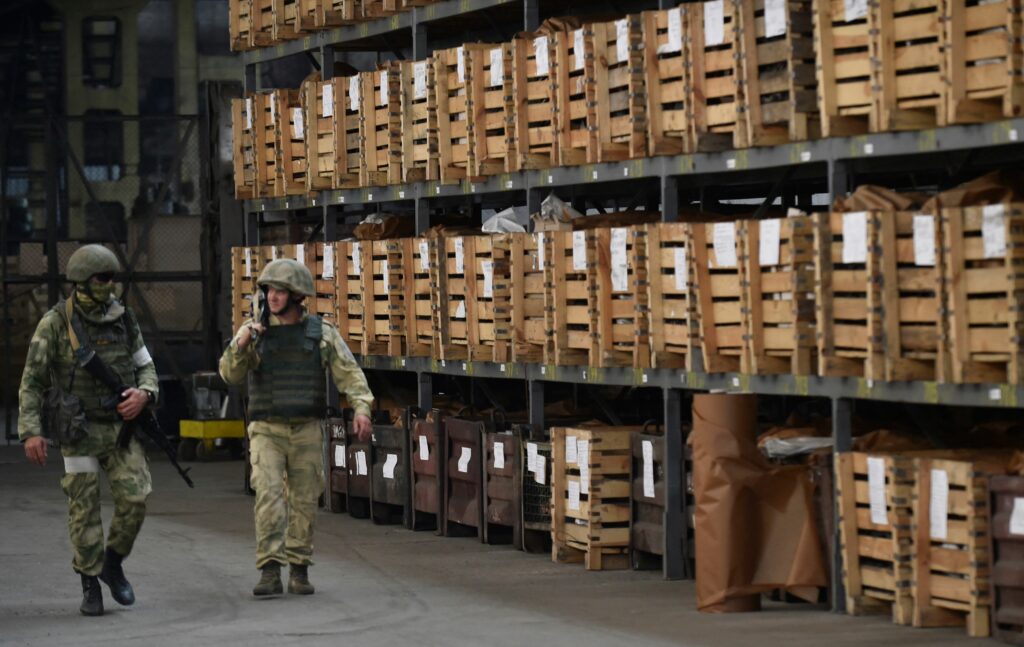In 1991-1992, the US and the USSR/Russia put forward unilateral but reciprocal ‘presidential nuclear initiatives’ to reduce their respective stockpiles of tactical nuclear weapons (TNWs). The thousands of such weapons the two countries had accumulated had become a burden for their owners. But TNWs to this day remain important for Russia’s military power, and the Kremlin’s aspiration for special status in the world. They are also intended to make up for problems with the precision and reliability of Russia’s conventional weapons.
The real Russian arsenal of TNWs is below most estimates: approximately 520 warheads, as opposed to figures ranging from 1,000-2,000. Against the backdrop of the confrontation with the West, Moscow is trying to take advantage of this discrepancy in numbers for foreign policy purposes. The key role is played by the doctrine of nuclear de-escalation, coupled with the intention to politically damage the system of America’s nuclear guarantees to its European allies. At the same time, the withdrawal of TNWs lowers the threshold for their use.
Problems with estimates
For the US, the remaining TNWs are more of a political tool that cements the Trans-Atlantic Alliance. The stockpile comprises 300 B61 gravity bombs (their number has been reduced by 95% over 27 years). About half are deployed at European bases.
Initially, 20,000 warheads were a challenge for Russia. Today, estimates of the size of the Russian arsenal vary significantly, from 860-1,040 warheads, as assessed by Igor Sutyagin, to nearly 2,000 according to Hans Kristensen and Robert Norris. Estimates by Alexey Arbatov and Vladimir Dvorkin are closer to the upper end.
But given that TNWs can be used only if infrastructure, combat-ready equipment and staff are available, the number of operational tactical warheads in Russia does not exceed the figure given by Sutyagin.
Russian TNW infrastructure
The 12th Chief Directorate of the Ministry of Defence is in charge of Russia’s nuclear weapons. It maintains 12 consolidated storage sites: Olenegorsk-2 (Murmansk Oblast), Vologda-20, Mozhaisk-10, Voronezh-45, Bryansk-18, Byelgorod-22, Saratov-63, the closed city of Tryokhgorny (Chelyabinsk Oblast), the closed city of Lesnoy (Sverdlovsk Oblast), Irkutsk-45, Khabarovsk-47 and Komsomolsk-on-Amur-31.
The repair and maintenance bases where nuclear warheads are made combat-ready after their delivery from the arsenal are halfway between the storage site and the troops. Each such base is formally part of a consolidated nuclear storage site, even if it is located hundreds of kilometres away. Therefore, whenever the authorities state that all Russian TNWs are stored at consolidated storage sites, it is unclear what exactly this means. A base is assigned to each military formation authorised to use nuclear weapons. In the case of TNWs, this means that the troops bear no responsibility for the weapons until a special order is issued.
For example, the Vologda-20 arsenal stores nuclear warheads for the Baltic Fleet. The repair-and-maintenance base in the Kaliningrad Oblast is linked to this arsenal. Vessels capable of carrying TNWs include the 956-type destroyer Nastoychyvy (Persistent), the 11540-type frigate Yaroslav Mudry (named after the great ruler of the Kievan Rus, Yaroslav the Wise) and several corvettes. Hypothetically, the 152nd Guards Missile Brigade, upgraded last year with 12 Iskander-M missiles, can also carry TNWs.
The technical capabilities of a repair and maintenance base are limited: It cannot provide services to more than one unit simultaneously. This means that in the distribution of TNWs among military formations, prioritisation is most probably applied, according to the following criteria:
- vulnerability of TNW delivery systems to the enemy;
- extent of control exercised by nuclear maintenance officers and the Russian military and political command at all stages of the TNW use;
- time needed to rescind the order to use TNWs.
The 152nd Guards Missile Brigade excels at fulfilling these criteria. Although there are 10 brigades of this kind in Russia, not all of them can operate TNWs. There are no repair-and-maintenance bases for at least three of them: the 1st Guards Missile Brigade (Molkino, in Krasnodar Krai), the 92nd (Yelansky District, Sverdlovsk Oblast) and the 119th (Totsky District, Orenburg Oblast).
Presumably, only military formations in the vicinity of Russia’s western and eastern borders are entrusted with TNWs. Repair and maintenance bases can only work with ‘their own’ formations, due to limited human and technical resources. In other words, a military formation moved closer to the border does not automatically receive the repair-and-maintenance facility to provide it with TNWs. Therefore, the Russian nuclear maintenance system limits the number of operational TNWs.
Modernisation of delivery systems
The number of Russian TNW delivery systems is also changing. In general, it is declining, due to the phasing out of old equipment. The introduction of new equipment is not keeping up with the pace of retirement of old systems.
Long-range aviation
Russia’s long-range aircraft include heavy (strategic) Tupolev Tu-95MS and Tu-160 bombers, which fall under the START-3 (Strategic Arms Reduction) Treaty, and Tu-22M3 strike bombers. There are 30-50 operational aircraft in Russia, while no more than 30 aircraft are scheduled for upgrading. Each is armed with three dual-capable Kh-22 cruise missiles (up to 600 km) and the Kh-32 upgraded version (up to 1,000 km) equipped with conventional warheads. It can also be deduced that the Tu-22M3 bombers will be upgraded with Kh-101/ Kh-102 strategic cruise missiles (range of up to 4,500 km) or their latest versions. At the same time, it seems Moscow is considering the use of Kh-32 missiles on MiG-31 fighters. In other words, the Tu-22M3 can turn into a strategic bomber, and therefore fall under the START-3 Treaty and lose the status of a TNW carrier.
Anti-submarine warfare aircraft
The Il-38 and Tu-142 are the only Russian anti-submarine warfare (ASW) aircraft capable of carrying TNWs; the country has about 30, or possibly a few more. Eight were upgraded to the Il-38N variant in 2009-2017; the Russian military do not expect to have more than 28 Il-38N aircraft by the late 2020s. It is not clear whether the upgraded aircraft will retain the nuclear option once the precision of conventional anti-submarine weapons has increased. There are approximately 30 Tu-142 aircraft in Russia (the Northern and Pacific Fleets), and their modernisation is to be completed by 2020.
Front-line aviation: Russian Aerospace Forces and the Russian Navy.
TNW delivery systems are quite numerous: There are nearly 140 Su-24 bombers in the Russian Aerospace Forces and the Russian Navy (the Baltic and Black Sea Fleets) as well as 100 Su-34 bombers in the Russian Aerospace Forces. All Su-24 bombers are supposed to be slated for retirement due to their age and low reliability; in fact, already today they cannot be treated as TNW carriers. As for the Su-34, the Russian military expect to have approximately 140 aircraft by 2020. In total, there will eventually be 150-200 aircraft in stock. Russian naval aviation will most probably replace tactical bombers with Su-30SM multirole fighter jets. Thus, the number of dual-capable tactical bombers will drop significantly in the coming years, as will the number of military formations equipped with such aircraft.
Ships and submarines
By all accounts, the lion’s share of TNWs is intended for the Russian fleet. On paper, nearly 120 ships and submarines can carry hundreds of nuclear-armed cruise missiles, torpedoes and mines. Modernisation of these weapons systems is significant. At least four out of eight Antey (Oscar II) cruise missile submarines are being rearmed with Onyx and Kalibr missile systems, which have superseded the nuclear-capable Granit cruise missiles; this has increased the operational stock. Moreover, four out of 11 Shchuka-B (Pike-B) nuclear-powered attack submarines (SSNs) are being upgraded with the Kalibr. The remaining SSNs will either be rearmed or retired.
Potentially, the Kalibr is a dual-capable cruise missile. Annually, Russia produces approximately 180 Kalibr-type missiles in various versions, including fewer than two dozen Kalibr-NK long-range cruise missiles. The Granit missiles will be replaced with conventional hypersonic Zirkon cruise missiles carried by ships and submarines. Most probably, the dual-capable torpedoes are being gradually replaced by new conventional torpedoes.
In all likelihood, only P-1000 Vulkan cruise missiles (Varyag, Marshal Ustinov and Moskva missile cruisers, 16 missiles each) capable of carrying warheads will be operational in the 2020s. Also, Nanuchka-class corvettes (12 missile ships) armed with dual-capable medium-range (of up to 150 km) Malakhit anti-ship cruise missiles will remain in service. However, it is doubtful that these missiles will carry nuclear warheads, given that they were initially designed for the Soviet Chaika (Charlie II) submarines.
Missile and air defence around Moscow
The A-135 Amur ABM system deployed around Moscow consists of 68 short-range ABMs with nuclear warheads. The A-135 will be superseded by the A-235 Nudol shield, which might in part be equipped with conventional warheads. Nuclear warheads can potentially be used in S-300/S-400 anti-aircraft weapon systems. However, that cannot produce positive results even theoretically, neither in political nor in military terms.
It becomes clear that the number of TNW delivery systems is decreasing. First of all, this is due to the development of conventional cruise missiles in Russia, although the quality of their capabilities is unknown. Secondly, TNWs have limited application potential even in the worst-case scenario. Moscow believes it has too many, despite the drawdown.
Based on the data about the number of TNWs for various delivery systems provided by Sutyagin, it can be concluded that the real Russian stockpile of these weapons hardly exceeds 520 units. Regardless of the method of estimation, the remaining stock is probably awaiting dismantling, since it is no longer operational.
How can Moscow convert this dead weight into a foreign-policy asset? By maintaining uncertainty concerning the size of the TNW stockpile and the nuclear de-escalation doctrine.
De-escalation doctrine
Some experts question the very existence of this concept. However, as stipulated in Article 37 of The Fundamentals of State Policy of the Russian Federation in the Field of Naval Operations for the Period until 2030, ‘During an escalation of military conflict, demonstration of readiness and determination to employ non-strategic nuclear weapons capabilities is an effective deterrent.’ Readiness to employ TNWs can be demonstrated by methods such as the simulation of a nuclear attack. In 2013, Russia simulated attacks on Sweden; in the case of real warfare, Russian forces could initially launch a demonstration nuclear strike in an uninhabited area, or a part of the ocean away from shipping routes. Russian long-range and anti-submarine aircraft would probably play the key role in such an operation.
On the one hand, the shrinking of the Russian TNW stockpile paradoxically lowers the threshold for its use, since the political leadership has the illusion of having control over the consequences. On the other hand, it is noteworthy that American TNWs have largely been converted into political capital, which requires immense investments. Against the backdrop of the confrontation with the West, Moscow is tempted to devalue this capital. This can be done either by increasing pressure so that the Europeans demand the withdrawal of TNWs from their bases, or by putting forward a peace initiative for TNW withdrawals. The growing gap between the existing arsenal and non-operational stock could generate a spectacular effect if this initiative is accepted.










